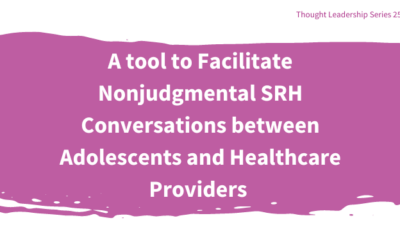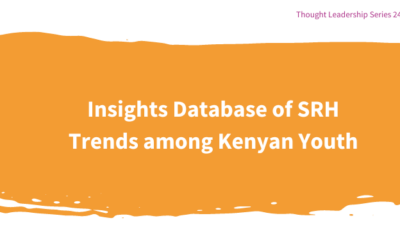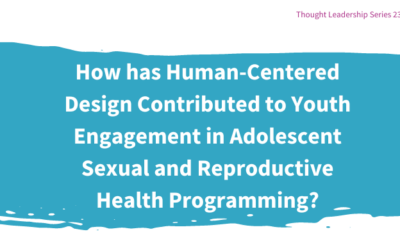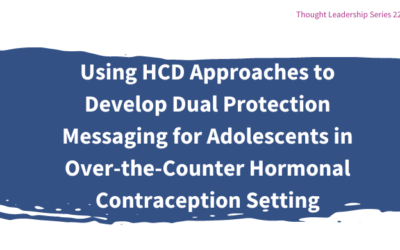This Global Health: Science and Practice Journal article offer learnings and reflections from 3 programs using HCD to advance global health programming: the “V” program which used an HCD approach to reframe the once-a-day HIV prevention pill from a potentially stigmatizing medicine into empowering self-care; Adolescents 360 program which integrated HCD to create a service for adolescent girls to access contraception in Ethiopia; and Reimagining TA which used HCD to help shift perceptions around traditional technical assistance models to one of co-creation, defining a new approach for non-financial support for health systems strengthening.
Read more: https://www.ghspjournal.org/content/9/Supplement_2/S261




